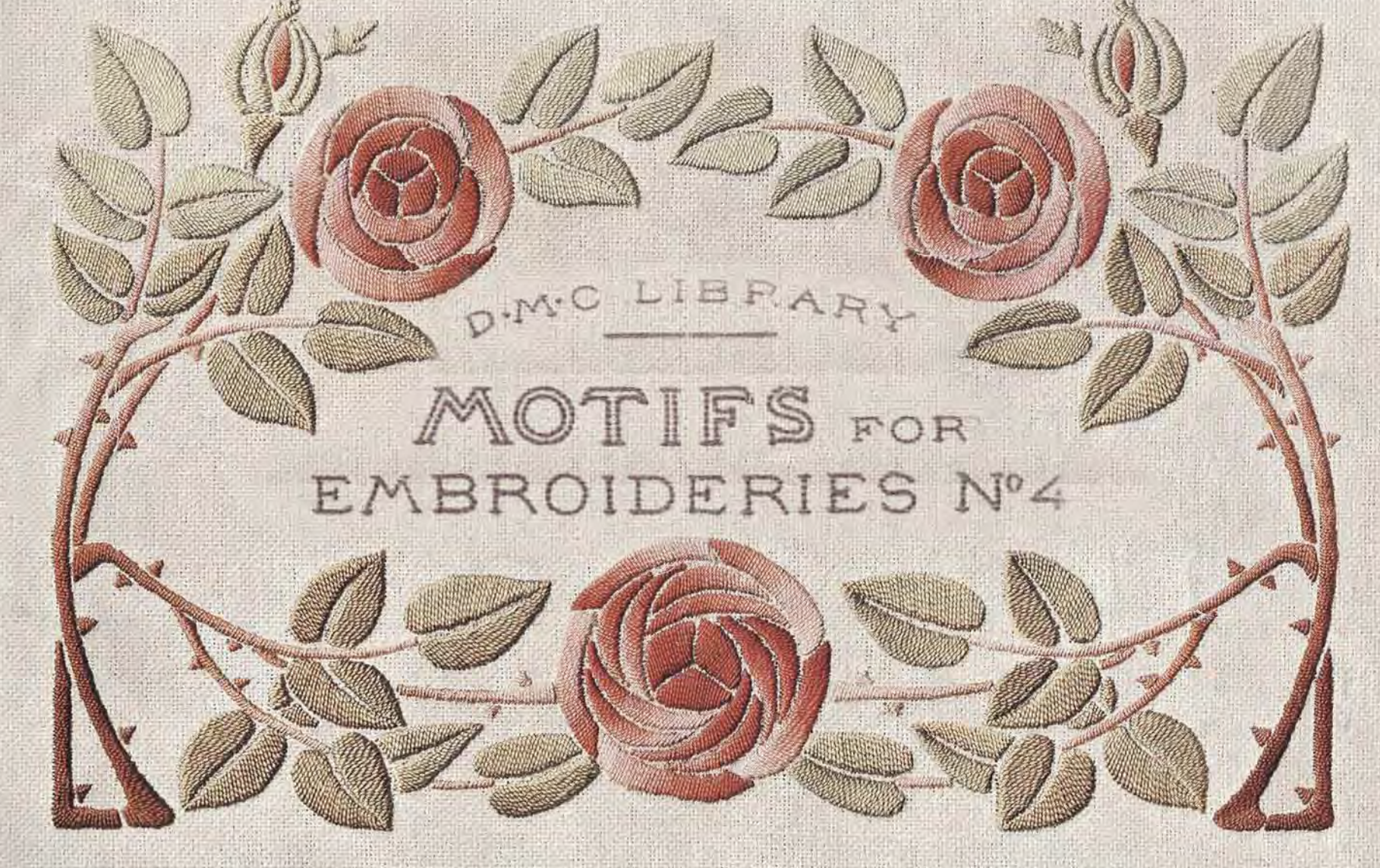Embroidery Inspiration – White as Snow
It’s mid-January, and it seems like everyone is getting snowed in. So this week I thought I’d take a look at an assortment of snowy white embroidery.
We’ve already seen a fair amount of whitework when we looked at infant clothing and aprons. You’ll also find seemingly endless numbers of white Regency gowns. I’ll be skipping those topics, and looking at other uses for whitework through the years.
Whitework is is simply any style of embroidery stitched in white thread, typically on white fabric. With such a basic definition, it can span many different styles and techniques. It also has significant overlap with lacemaking, since many forms of whitework were developed as regional alternatives to expensive laces.
For example, many falling collars from the 1600s were trimmed in some form of lace, yet this example uses scallops and embroidery to achieve a similar effect. The small open areas have been cut away and filled with a number of fills that are similar to those used in needlelace.
 This 18th c. man’s cap is elaborately embroidered in white. If you zoom in, you can make out a variety of patterned fills, as well as satin stitches and outline stitches. The edge is trimmed with what looks like either a narrow needle or bobbin lace.
This 18th c. man’s cap is elaborately embroidered in white. If you zoom in, you can make out a variety of patterned fills, as well as satin stitches and outline stitches. The edge is trimmed with what looks like either a narrow needle or bobbin lace.  These 1825-35 stays are accented with quilting and embroidery in silk thread on white cotton. The variety of stitches and textures add interest to a relatively simple pair of stays.
These 1825-35 stays are accented with quilting and embroidery in silk thread on white cotton. The variety of stitches and textures add interest to a relatively simple pair of stays.
An 1830s pelerine embroidered with a floral pattern arranged in pointed scallops, with additional embroidery filling in areas along the body and collar. It would be a striking accent to any gown.
This 1860s muslin gown is covered in fine tambour work, most likely imported from India. By this point, machine embroidery was becoming more available and was just as good as handwork. You’ll find similar ready-to-wear gowns or yardage in mail order catalogs from this period. 
White dresses and blouses continued to be popular through the 1800s and into the 1900s. This is a simple 1915-17 day dress of embroidered white net.
We’ll end here with a striking couture gown by Balmain. It’s sweet yet elegant in its white-on-white simplicity, and shows remarkable skill with structure and shaping. 
Whitework is one of the only styles of embroidery that has managed to span hundreds of years, adapting to the changing fashions of the time. It can be delicate, youthful, summery, and bridal. I really don’t see it going out of style any time soon.
What are your thoughts about whitework? Is this subtle embroidery inspiring, or do you prefer something a little more colorful?
I’ve pinned many examples of white embroidery to my Pinterest page, and will be sharing them throughout the week on Facebook.
Resources:
There are several good books about whitework embroidery.
- Embroidered with White: the 18th Century Fashion for Dresden Lace and Other Whiteworked Accessories* – by Heather Toomer
- White-Embroidered Costume Accessories: the 1790s to 1840s* – by Heather Toomer
- The Royal School of Needlwork Essential Stitch Guide – Whitework*
- A-Z of Whitework*
- Whitework: Techniques and 188 designs*
My Whitework Embroidery class takes a deeper dive into the many styles of whitework that evolved during the 19th c. and beyond.
If you’re looking for threads, both Threadneedle Street and Nordic Needle carry DMC Coton a Broder, or Brilliant Cutwork and Embroidery Thread, which is traditionally used for whitework. They also carry white linen thread, which was historically used in whitework prior to the popularity of cotton threads.
*Some of the links above are affiliate links, meaning, at no additional cost to you, I will earn a commission if you choose to make a purchase. These are marked with an * after the product name. I only recommend products or services I use personally and believe will add value to my readers, and I do not recommend products solely to get a commission.



 Previous Post
Previous Post Next Post
Next Post
